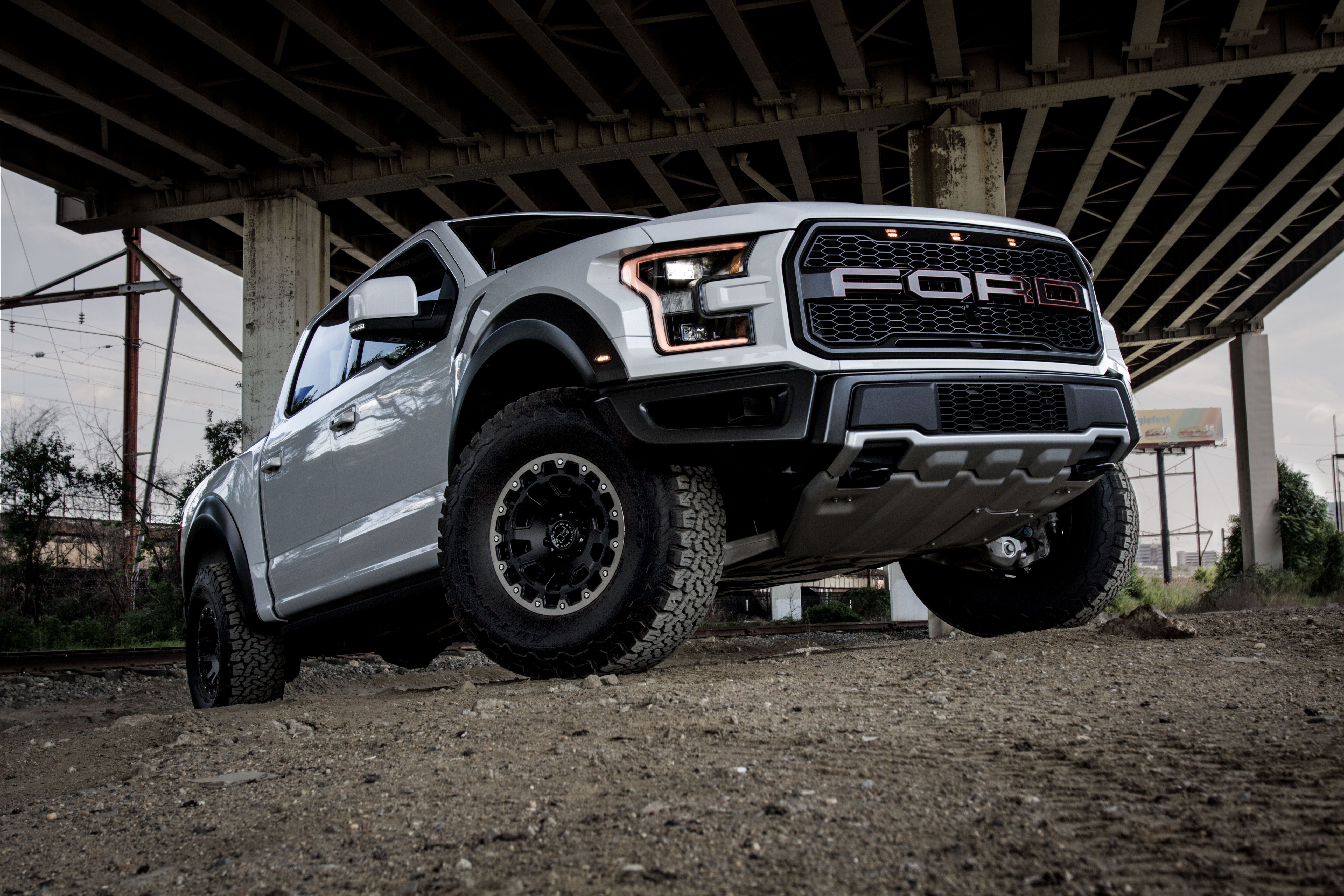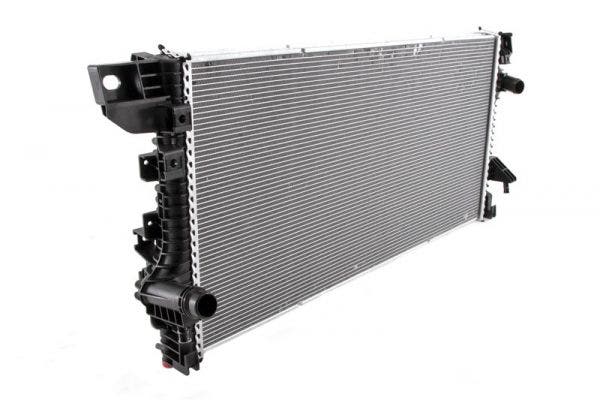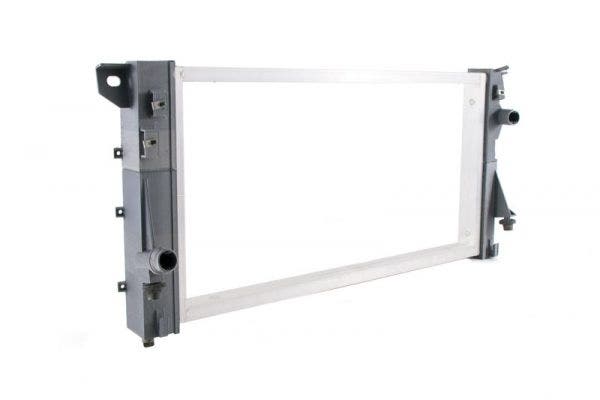
Everyday Hercules - Aluminum Radiator R&D, Part 2: Design & Prototype
What haven't I said about Ford's F-150? It's reliable,
affordable, capable, comfortable, and all the other -ables that you'd want from
a truck, except for one. It's not invulnerable. Like every vehicle, time takes its
toll and something's bound to break. If you're lucky, you have some time before
those tolls hit your F-150's cooling system, but it's always a good idea to be prepared.
Mishimoto is working on a radiator to allow you to do just that.

Our last look at the 2015+ F-150 revealed that our
radiator needed to replace not one, but three different factory radiators. Our
goal was to combine the features of the two light-duty radiators and the
heavy-duty Raptor radiator into one even better aluminum radiator. To start
that process, we measured all three radiators, making sure to note any mounting
locations, then brought in a 2018 Raptor to gather even more data.

The next step in creating our aluminum replacement
radiator was to bring all our measurements into 3D space and begin designing.
To make sure our radiator would perform better than even the heavy-duty Raptor
radiator, we decided to increase the core thickness from 26 mm (the thickness
of the Raptor radiator) to 52 mm. We kept the exterior dimensions of the
radiator the same as the stock radiators to ensure it would fit like the OEM
rads. That might sound like we're leaving a lot of performance on the table,
but with a 100% thicker core, we're confident our radiator will outperform the
stock radiators.

With our radiator rendered in the digital world, we
needed to see if it would fit in the truck. To do that, we turned to our 3D
printer to create the end tanks and our fabricator to weld up a prototype core.
Once the plastic end tanks were linked to our aluminum core, we could pull the
stock radiator out of our volunteer Raptor and test fit the prototype.

Two of our engineers, Ye and Dan, finessed the grille off
the Raptor and then began draining the coolant, unclipping wiring looms, and
coaxing coolant hoses off the stock radiator. After carefully removing
everything in their path, Dan and Ye lifted the stock radiator out of the
engine bay. It's comical to see the radiator outside of the Raptor and to think
that such a feeble radiator is trusted to cool such an imposing truck. After setting aside the stock radiator, we bolted
in our prototype and checked fitment with all the ancillary components.

Our prototype fit like a glove. Despite a core that's
twice as thick as the largest 2015+ F-150 radiator, we had no problem fitting
the fan shroud or hoses between the radiator and the engine. If our radiator
was going to cause an issue with any of the 2015+ F-150 models, it would be the
jam-packed 3.5L Raptor. With our prototype test fit complete, we can move on to
test-fitting the real thing. In the next post, we'll be looking at our
production sample radiator and seeing how it fits in the Raptor.
Stay tuned for the next update, and feel free to let us
know what you think!











